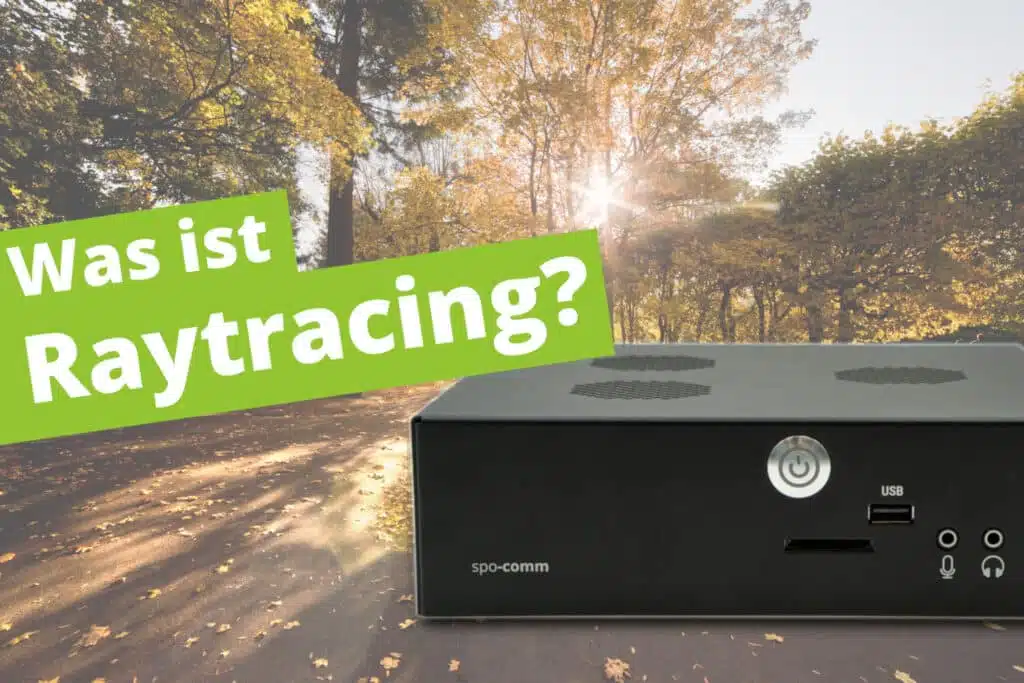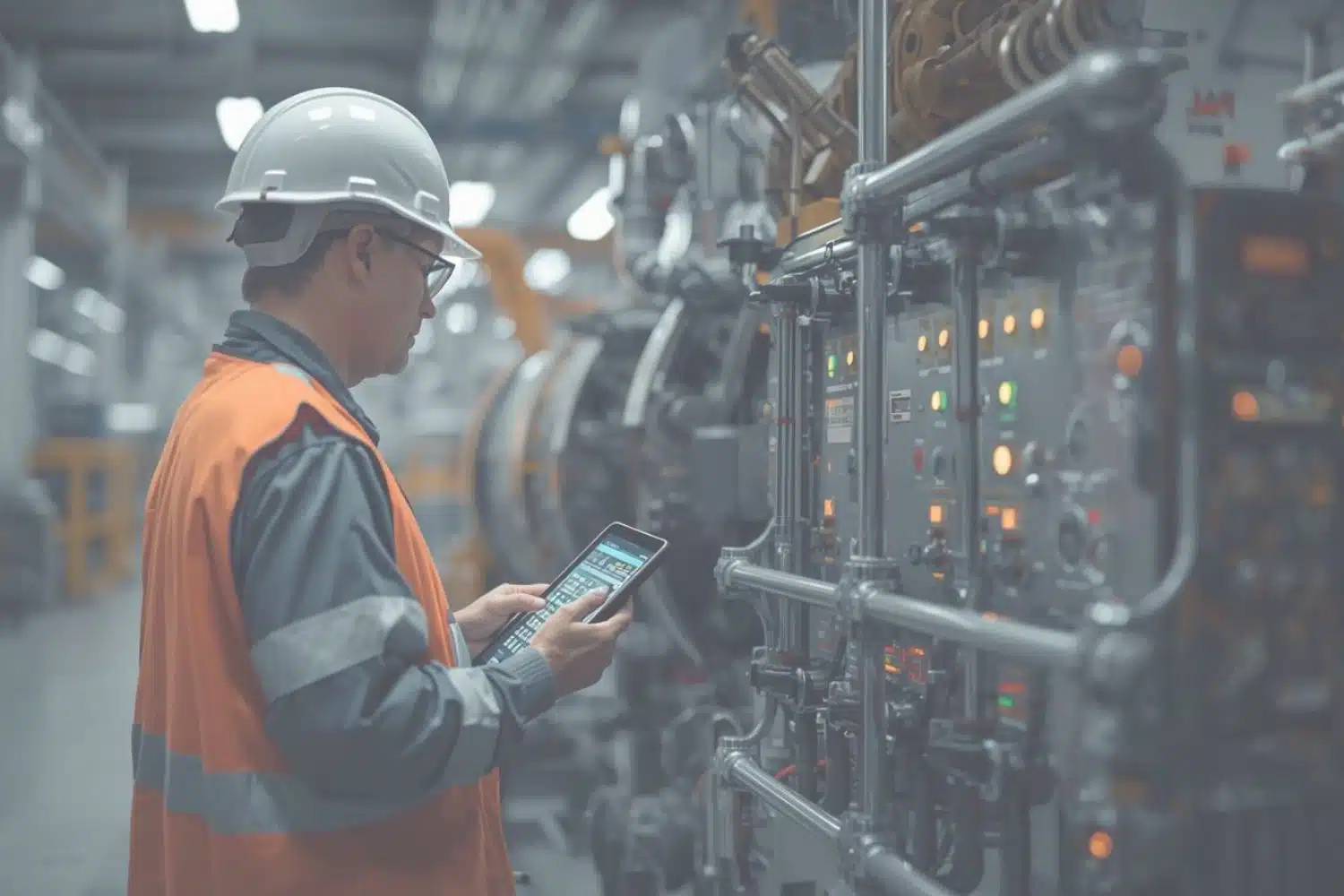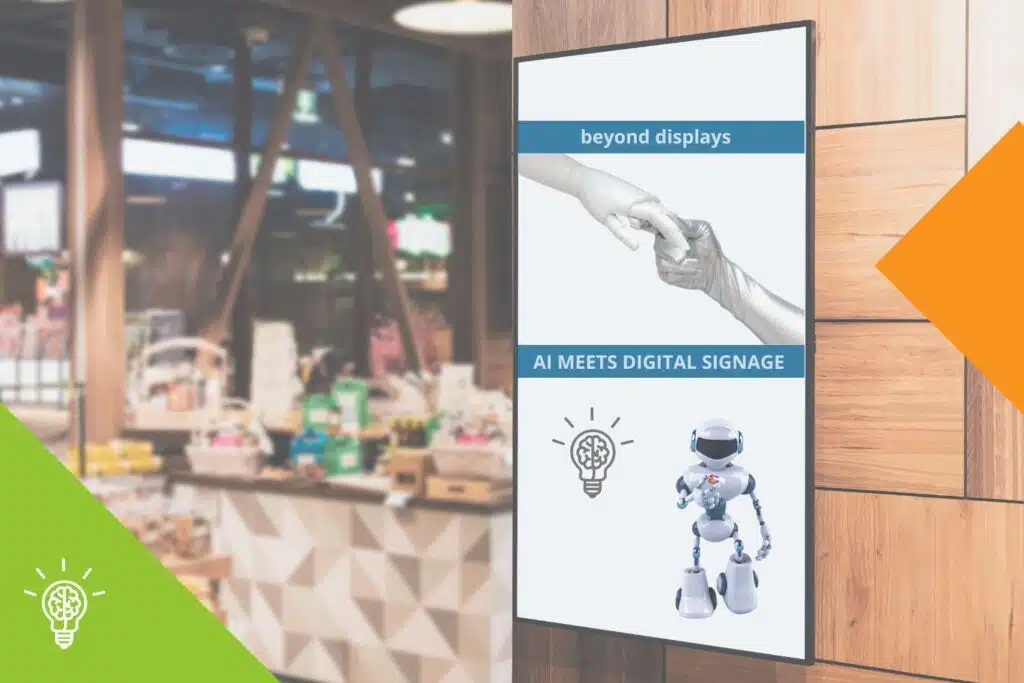24.03.2020

The term ray tracing refers to an algorithm for calculating images. The aim is to represent the three-dimensional world in a two-dimensional image by simulating the physical behavior of light and light rays. The interplay of reflections, light and shadow creates a particularly realistic image for PC games or animated films.
Before the development of ray tracing, rasterization was already in use. However, this only calculates light and objects that are directly visible in the image (more on the difference between ray tracing and rasterization can be found on gamestar.de ). The special thing about ray tracing is that invisible objects or light sources are also analyzed and calculated, for example the sun in the sky, which is not visible in the image but is reflected in the puddle. Or light rays that are reflected by a window that is outside the visible range.
So what exactly happens? The rays of light are followed by the viewer's eye into the virtual space and up to an object. The surface of this object is then analyzed and, depending on its composition, the light beam is reflected, diffracted or absorbed. This allows the light beams to spread throughout the entire virtual space and capture all objects, regardless of whether they are visible or not. The end result is a very realistic picture for the viewer.
If you would like to learn more about the various ray tracing methods, you can find them clearly explained in a video from Nvidia.
This rendering approach is not new and has been used in movies and advertising for some time. This is known as CGI (Computer Generated Imagery) - a technology that also manages to make artificial images look real.
The RTX graphics cards from Nvidia enable real-time ray tracing and are therefore suitable for PC games. However, rendering still takes quite a long time, which is why even the Turing graphics chips would be overwhelmed with complete game scenes. Nvidia therefore relies on hybrid rendering and mixes ray tracing with rasterization.
The aforementioned Nvidia Turing graphics cards, i.e. the RTX 2000 models, were specially developed for ray tracing (hence the "R" in "RTX"). Thanks to our own ray tracing cores, you can calculate this in real time. With the appropriate new drivers, ray tracing is also possible with the Nvidia GeForce GTX 1000 graphics cards. However, good performance is not to be expected here. On the software side, Windows 10 with the DirectX 12 ray tracing API DXR version 1809 is required.
If you are looking for a robust industrial PC for demanding graphics applications, our KUMO V is just right for you. It is equipped with an Nvidia GeForce RTX 2060 - with 6GB of integrated GDDR6 memory and 1920 CUDA cores. In addition to real-time ray tracing, the mini PC offers AI computing power and new shading technologies. No wishes remain unfulfilled.

Machines that know when they need to be serviced before anything breaks down. Sounds like a dream of...

Although the vacation season was at its peak for us in September, we can shine with two new products...

Digital signage has long been much more than just static screens. In times of Industry 4.0, smart bu...
You need to load content from reCAPTCHA to submit the form. Please note that doing so will share data with third-party providers.
More Information